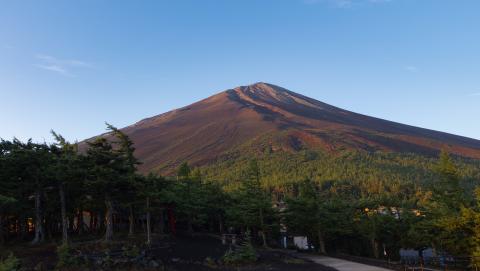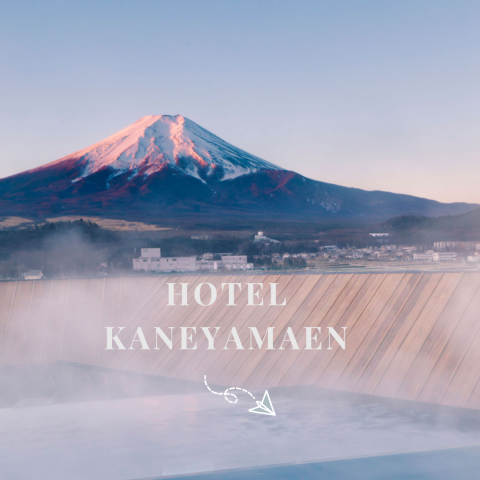Main content starts here.
This English-language text was created by Japan Tourism Agency
Akasawa-Shuku Post Town
Hidden deep within the forested mountains of Yamanashi is one of the few remaining post towns in Japan, known as Akasawa-Shuku. In Japan, post towns or post stations were small villages that acted as rest stops where travelers could find food and lodging. Akasawa-Shuku was a post town mainly used by pilgrims coming and going between Minobusan Kuonji Temple, one of the head temples of the Nichiren sect, and Mt. Shichimen, a sacred mountain.

Today, only two inns are still operating in the area: Edoya and Osakaya. Those who wish to make the pilgrimage up Mt. Shichimen but are physically unable to do so can take advantage of a service that carries devotees up the mountain in a litter.
During the Meiji era (1868–1912), when business in Akasawa-Shuku was at its peak, over a thousand people a day stayed at inns in the village. At each inn, wooden name plates known as manegi fuda were displayed near the entrance. These name plates were created by the visitors themselves. Originally quite plain, as the trend caught on, they became more and more elaborate, with embossed letters and engravings in red and black ink.

Though times have changed, the town is still lively. Akasawa-Shuku was selected by the government as an area of historical and cultural significance. The landscape of the town continues to remind visitors of its rich and historic past.
Osakaya Inn
Osakaya is one of two inns still operating in the post town of Akasawa-Shuku (the other being Edoya). A two-story inn, it was one of the most popular in the village in the latter half of the nineteenth and early decades of the twentieth century.


Built in the period between 1830 and 1844 known as the Tenpo era, Osakaya is over 180 years old, and a stay at an inn this old is a rare experience. Osakaya was originally a single-story inn, but around 1883, it was remodeled and the second floor added. In its heyday, Osakaya’s first floor alone sometimes housed 100 guests. The entrance to the inn has a long earthen floor area for the convenience of the large number of guests coming and going who needed space to take off and put on footwear.
Guests can reserve a room by phone or through the inn’s website. It is important to note that the building has been preserved in its original form, and thus the rooms are in the traditional ryokan style with tatami mats and futon bedding. Thin sliding doors divide the rooms, and there are no locks. The lounge, bath, kitchen, and toilets are all shared, with no toilets or baths in individual guest rooms.
At Osakaya, guests can sleep in the same rooms that travelers once used during their pilgrimages nearly two centuries ago. In this way, Osakaya is living history.
Manegi Fuda Name Plates

Manegi fuda, also called kochu fuda, are wooden plaques or name plates. At each of Akasawa-Shuku’s inns, they hang near the entrance, displaying the names of past visitors.
The name kochu fuda refers to plaques for religious associations called “ko.” They were displayed at inns to show that members of the ko group were regular customers. The plaques were created and brought to the inn by the visitors themselves.
Originally quite plain, as the trend caught on, the plates became more and more elaborate, with embossed lettering, engraving, and red and black ink.
Pilgrims come from all over Japan to visit Kuonji Temple. Manegi fuda show the name of the traveler, sometimes their job or role, and sometimes what company or group they belonged to.
Various rest stops on Mt. Shichimen also display these name plates. While they are a relic of the past, manegi fuda are still being created by various companies, shops, and individuals. They are also used to commemorate a successful climb up the mountain. Some companies even use them as advertisements.
Published on
- April 14, 2022
Share
-

Fuji Subaru Line 5th Station & Mt. Fuji Travel Guide
March 3, 2025
Home of Mt. Fuji > Staff Journal > Akasawa-Shuku Post Town

